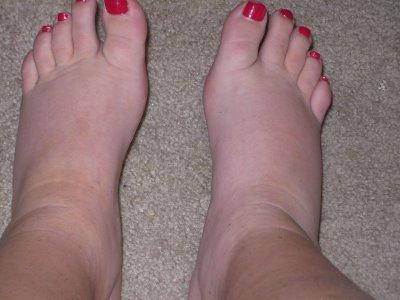
Cardiac catheterization: Cardiac catheterization checks the pressure and blood flow in your heart’s chambers.If surgery is planned, a diagnostic procedure may be performed in preparation for surgery. If you're unable to exercise, you may be given medicine to simulate the effects of exertion.Ĭonfirming a diagnosis may involve one or more medical procedures. You’ll be asked to walk in place on an inclined treadmill. These tests may include nuclear heart scanning, echo, and positron emission tomography (PET) scanning. Stress test: In a stress test, the aim is to make your heart work hard (and beat fast) while tests are performed.Another type, transesophageal echo (or TEE), provides a view of the back of the heart. The types of echocardiography include “stress echo,” which is administered as part of a stress test. It shows how well your heart is working as well as its size and shape. Echocardiogram (Echo): An echocardiogram is a test that uses sound waves to create a moving picture of your heart.An event monitor records your heart’s electrical activity only at certain times. A Holter monitor records the heart’s electrical activity for a 24- or 48-hour period. Holter and event monitors: Both are portable devices that record your heart’s electrical activity during your normal daily activities.To diagnose heart problems that come and go, you may have to wear a portable EKG monitor. An EKG can detect cardiomyopathy as well as other problems, including heart attacks, arrhythmias (abnormal heartbeats) and heart failure.

Electrocardiogram (EKG or ECG): An EKG records the heart’s electrical activity, showing how fast the heart is beating and whether its rhythm is steady or irregular.It can also reveal whether fluid is building up in your lungs. Chest X-ray: A chest X-ray takes pictures of the organs and structures inside your chest, and can show whether your heart is enlarged.Blood tests: A small amount of blood is usually drawn from a vein in your arm using a needle.One or more of the following tests may be recommended to diagnose cardiomyopathy: Swelling of the ankles, feet, legs, abdomen or veins in your neck suggests fluid buildup, a sign of heart failure. A “crackling” sound in the lungs may be a sign of heart failure.Ĭertain physical signs also help your doctor diagnose cardiomyopathy. Particular sounds may even suggest a certain type of the disease.įor example, the loudness, timing and location of a heart murmur may suggest obstructive hypertrophic cardiomyopathy. Using a stethoscope, your health care professional will listen to your heart and lungs for sounds that may suggest cardiomyopathy. Your physician will also want to know whether anyone in your family has been diagnosed with cardiomyopathy, heart failure or cardiac arrest. Your health care professional will want to learn about your medical history as well as any signs and symptoms you may have. These doctors specialize in heart diseases. Your health care professional will diagnose cardiomyopathy based on your medical history, family history, a physical exam and diagnostic test results.Ī cardiologist or pediatric cardiologist usually diagnose and treat cardiomyopathy. Signs and symptoms of heart failure usually occur in the later stages of cardiomyopathy, as the heart weakens.


Chest pain, especially after physical exertion or heavy meals.Swelling in the ankles, feet, legs, abdomen and veins in the neck.Shortness of breath or trouble breathing, especially with physical exertion Signs and symptoms of cardiomyopathy include: If people without symptoms recognize their heightened risk for cardiomyopathy, there’s a better chance of diagnosing it early, when treatment may be most effective. Others don’t have signs or symptoms in the early stages of the disease. After all, some people with cardiomyopathy never have signs or symptoms. It’s important to identify people who may be at high risk for cardiomyopathy. National Hypertension Control Initiative.Pets and Your Health / Healthy Bond for Life.


 0 kommentar(er)
0 kommentar(er)
